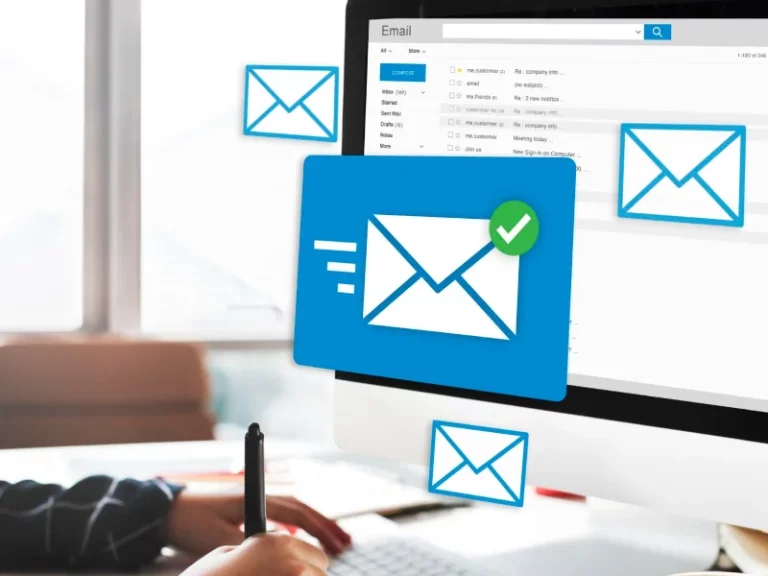Many businesses and individuals assume that email filtering is just an optional security measure, often dismissing it as unnecessary. But the truth is, there are many overlooked dangers of unfiltered emails. However, this misconception leaves them vulnerable to cyber threats that can compromise sensitive data, disrupt operations, and result in financial losses. Without an effective email filtering system, malicious emails including phishing attempts, malware attachments, and spam, can easily infiltrate inboxes, increasing the risk of cyberattacks.
Why is Email Filtering a Necessity?
A robust email filtering system is more than just a spam blocker; it is a frontline defense mechanism against cyber threats. Here’s why email filtering is crucial:
- Prevents Phishing Attacks – Cybercriminals use deceptive emails to trick users into revealing confidential information. Email filtering helps detect and block these fraudulent messages before they reach users.
- Stops Malware and Ransomware – Malicious attachments and links hidden in emails can install malware or ransomware. Email filtering scans and quarantines such threats, preventing potential damage.
- Reduces Spam and Unwanted Emails – An overflowing inbox filled with junk emails can lead to productivity loss. Filtering removes unnecessary messages, allowing employees to focus on important communications.
- Enhances Compliance and Data Protection – Many industries require strict data security policies. Email filtering helps organizations meet compliance standards by preventing data leaks and ensuring only legitimate emails are received.
- Protects Against Business Email Compromise (BEC) – Attackers often impersonate executives or trusted contacts to manipulate employees into sending funds or sensitive information. Email filtering detects spoofed addresses and suspicious content, mitigating BEC risks.
Strengthening Your Email Security Beyond Filtering
While email filtering is a critical layer of defense, relying on it alone is not enough. Cybercriminals constantly evolve their tactics, making it necessary to adopt a more comprehensive email security approach. To build a truly resilient email security framework, organizations should consider:
- Integrating Email Threat Intelligence – Proactively monitoring email-based threats helps identify and block emerging attack patterns before they become widespread.
- Leveraging AI-Driven Threat Analysis – Artificial intelligence enhances email filtering by analyzing behavioral patterns and detecting sophisticated phishing attempts.
- Implementing Multi-Factor Authentication (MFA) – Even if a malicious email slips through, MFA adds an extra security layer, preventing unauthorized access to email accounts.
- Conducting Regular Email Security Audits – Assessing filtering effectiveness and adjusting security settings ensures continuous protection against new cyber threats.
- Creating a Culture of Email Security Awareness – Human error remains a major factor in email-based attacks. Ongoing training empowers employees to recognize and report suspicious emails.
The evolving landscape of cybersecurity demands a robust and intelligent approach to email protection. Organizations must recognize that email filtering is no longer a peripheral security strategy but a critical defense mechanism against sophisticated cyber threats. By implementing advanced, proactive email filtering solutions, businesses can create a resilient digital environment that protects sensitive data, maintains operational continuity, and mitigates the potentially devastating consequences of email-based attacks.
CySecure’s Secure Email Gateway provides cutting-edge protection, combining AI-driven threat analysis, and advanced filtering to safeguard your organization from phishing, spoofing, and malware attacks.
Contact Terrabyte today to learn how CySecure can strengthen your email security.




